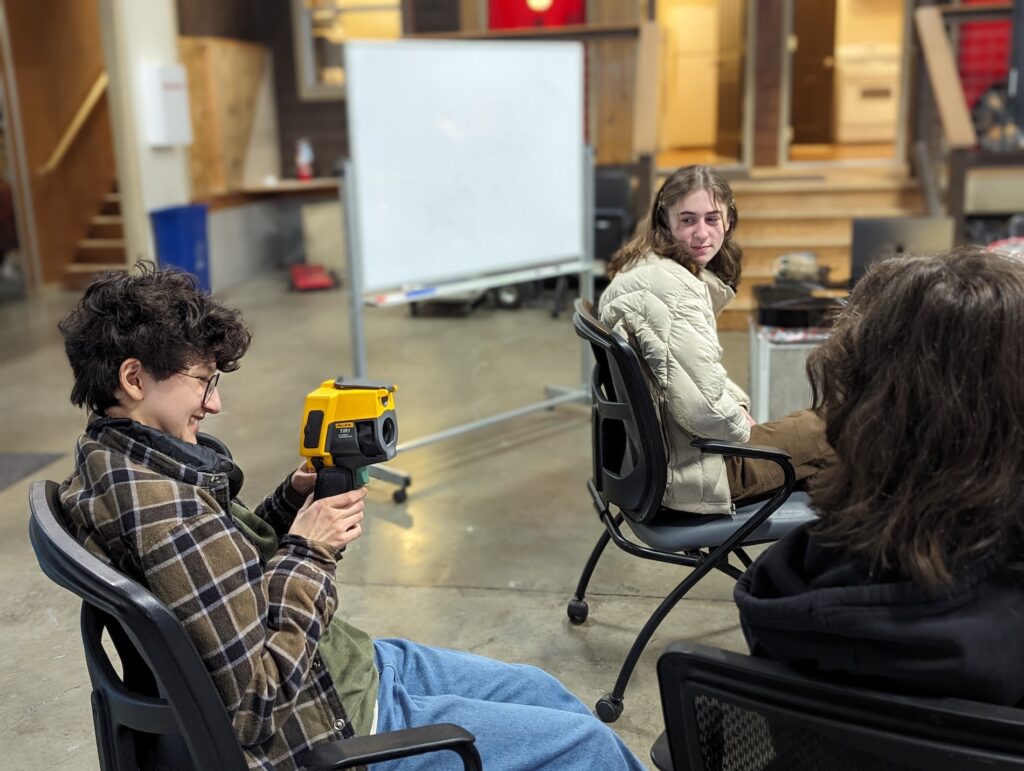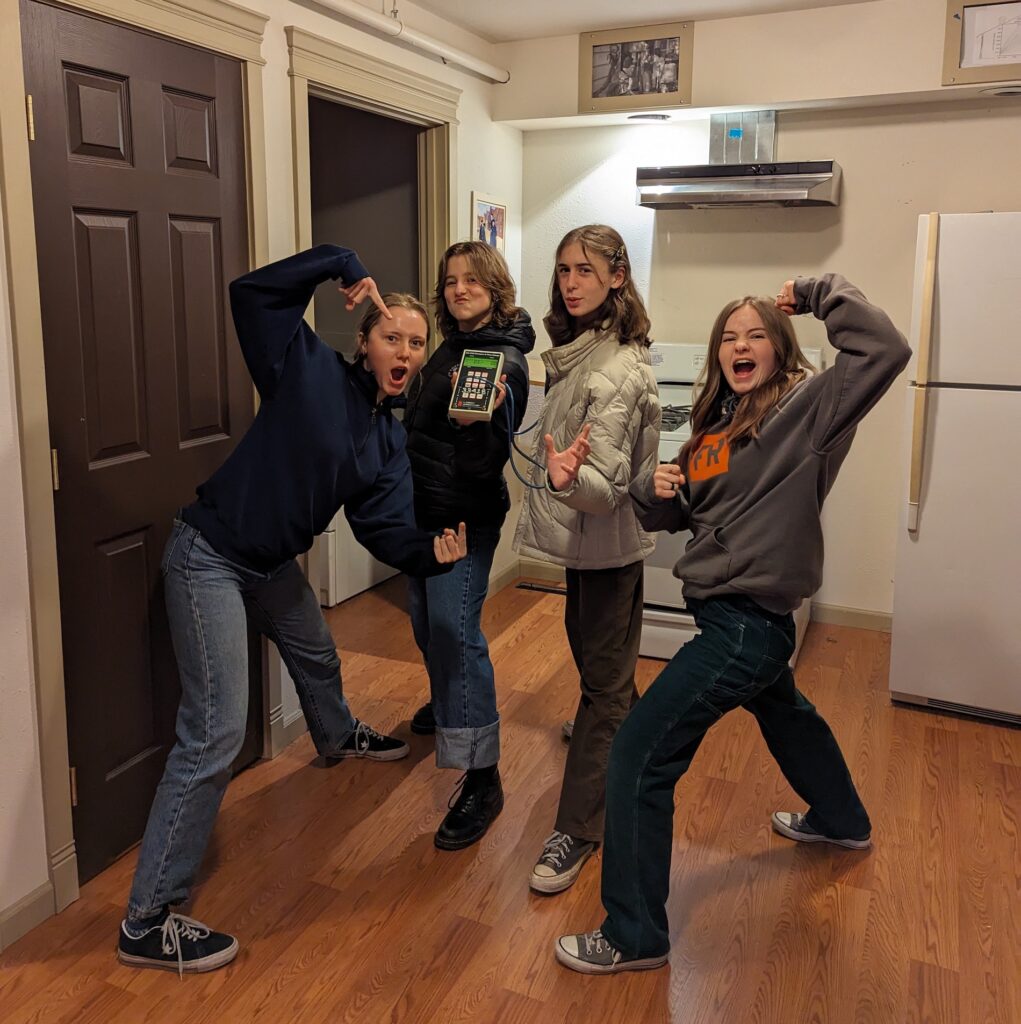High school students from across Whatcom County gathered to join our Youth for the Environment and People (YEP!) program, now in its sixth year! Students in the cohort represented Sehome, Squalicum, Options, Bellingham, and Whatcom Intergenerational High Schools, and while they arrived unsure of what to expect, they held big ideas for taking climate action.
This spring, YEP! learned about energy — which as students discovered is a vast and complex subject that is inseparable from most aspects of our Western lives. To orient them to the world of energy, students talked with local experts about the energy challenges and solutions in our community. Eddy Ury, RE Sources’ Energy and Policy Manager, laid the groundwork with an overview of how we use, create, and rely on energy, and how Whatcom County fits within the broader transition to renewable energy. Gagandeep Kaur, Sustainability Associate at Bellingham Public School District, led students through the district’s climate action plan, sharing about energy savings projects she works to implement, and the unique role of schools in the energy transition.
Students also had the chance to explore energy efficiency at Opportunity Council’s Building Performance Center with Mark Schofield and Jake Nuckolls, where they manipulated the HVAC systems of the center’s model homes to learn firsthand how to reduce building energy usage. And yes, maybe we did play with some heat guns (for educational purposes).

When it came time to design their action project, students recalled a concerning fact that Gagandeep had shared: Options High School still used relatively inefficient fluorescent lighting. They knew that Squalicum High School had recently completed an LED retrofit, and students were inspired to take on a feasibility project of energy-efficient LED retrofitting Options High School that they could present to the district. So began the data collection.
First, students studied how to do an energy and cost savings analysis and identified what data they would need. Then, one YEP! student who attended Options surveyed the school, counted the lightbulbs (all 480 of them!), and noted the type of lighting used in the building.
As a group, they researched the school’s electrical billing rate, as well as the wattage of the bulbs to calculate how much the school currently spends on lighting. To estimate how much the school could save by installing LEDs, they completed a similar process with the reduced wattage LEDs use, and then compared LED’s cost and energy use to fluorescent bulbs. We won’t bore you with the details of the calculations they performed, but you can see this spreadsheet for yourself.
Students found that the school would save about $4,200 a year if they switch to LEDs — a third of the cost of fluorescents, and save just shy of 500 tons of carbon emissions from being emitted over 20 years. Through persistent efforts, the students ensured that their findings would be presented at the May 21st meeting of the Bellingham School District’s Sustainability Task Force.

“My favorite thing [about YEP!] is being able to at least feel like we as a group are able to make a difference.”
—YEP! student, grade 12
Between the data analysis and presentation writing, students formed a tight bond with one another and shared enough laughter to routinely distract RE Sources Board Meetings happening next door.
This group felt special — our last meeting was one where students freely shared appreciation for one another, remarking on how they felt a little less alone and a smidge more hopeful about the world they’re building.
